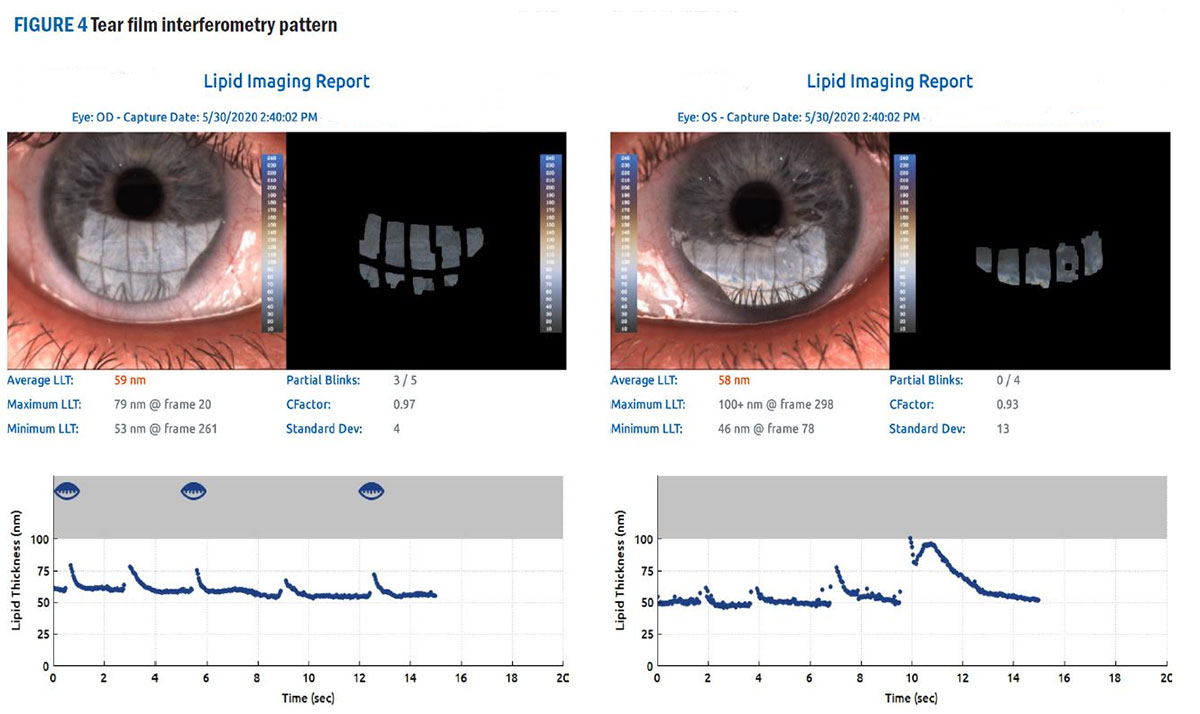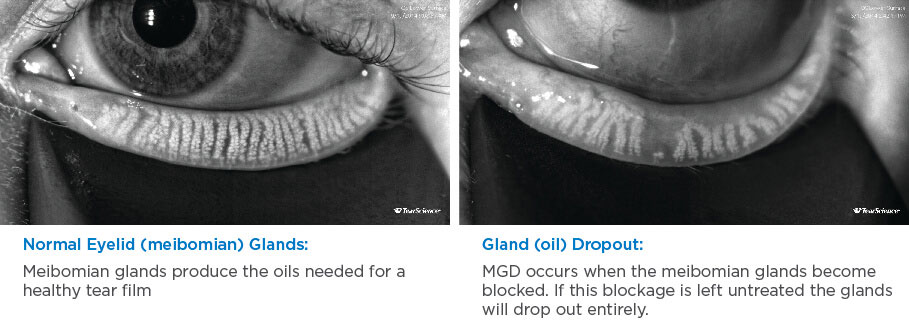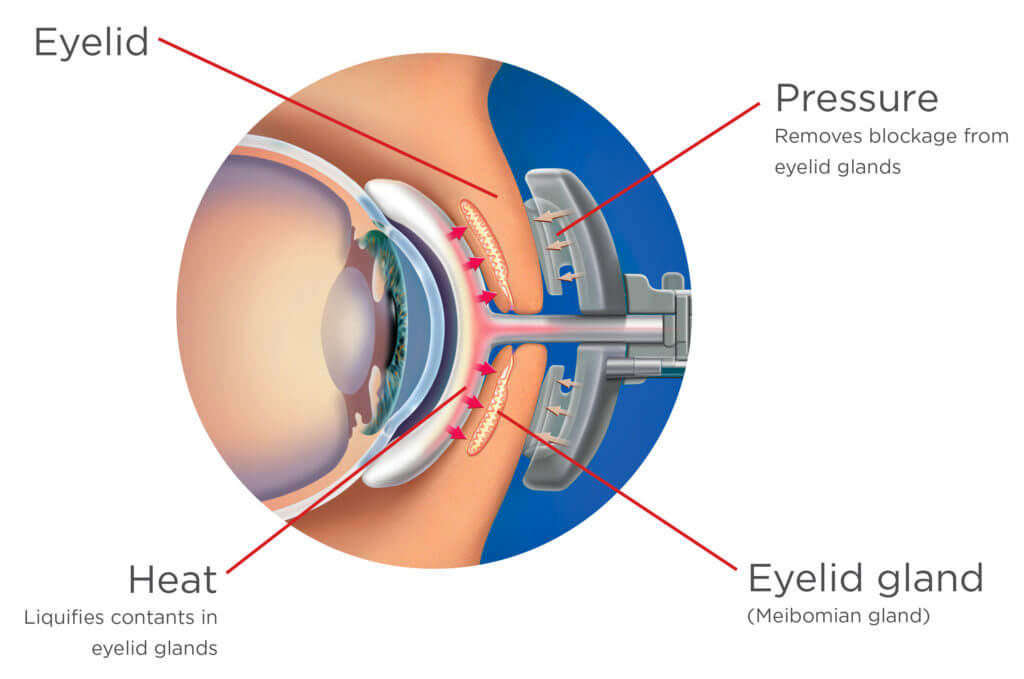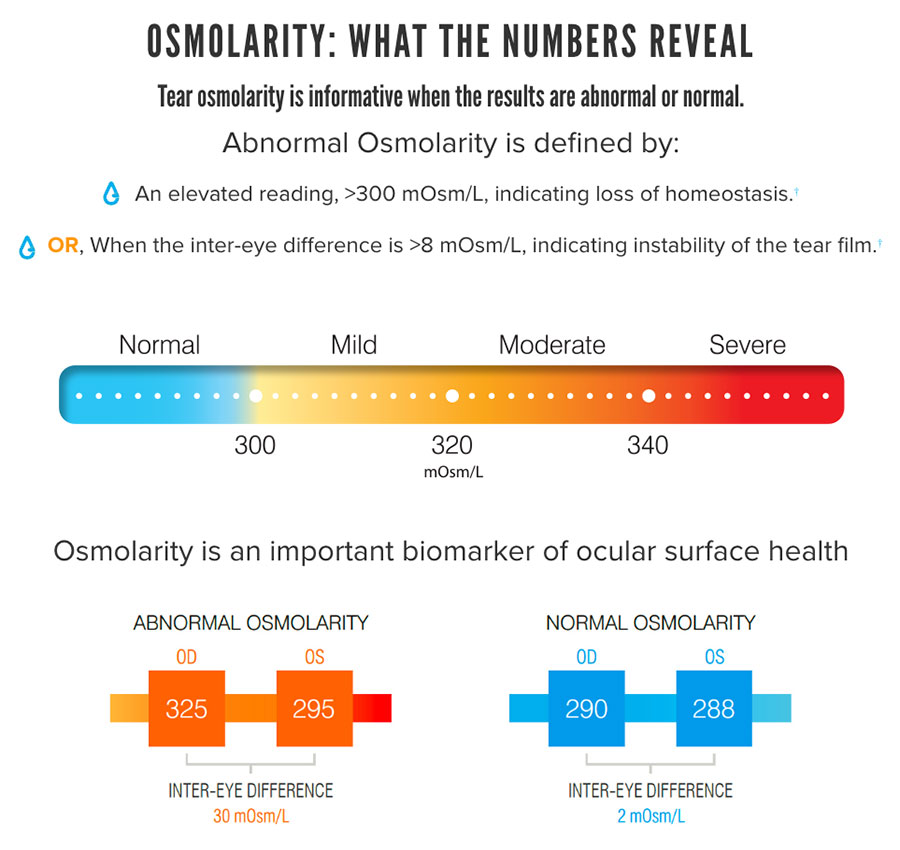
The Dry Eye Clinic of Regina is a division of The Spectrum Eye Centre , where our eye doctors, Dr. Bryan Robertson , Dr. Scott Friskie,and Dr. Kayla Stevens are fully committed to providing the very best procedures to help solve your dry eye problems.
The Dry Eye Clinic of Regina ultizilies visionary equipment in its efforts to provide comprehensive eye care with special emphasis on dry eye and ocular surface disease:
The Dry Eye Clinic of Regina focuses exclusively on the proper diagnosis and treatment of dry eye and ocular surface disease. Being located at The Spectrum Eye Centre, which provides a full range of eye care services including routine and emergency care, a broad selection of spectacles and the latest in conventional and specialty contact lens care.

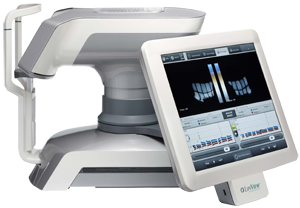
The LipiView Interferometer measures the absolute thickness of the tear film lipid layer by analyzing more than one billion data points of the interferometric image of the tear film.
The patient’s tear film can be seen as an array of colors. As Doctors we are now be able to see the interference pattern from the tear film and have a visual reference to view specular observations of the tear film.
In addition to viewing, capturing, manipulating and storing digital images of specular observations of the tear film, a patient’s blinking pattern can be evaluated.

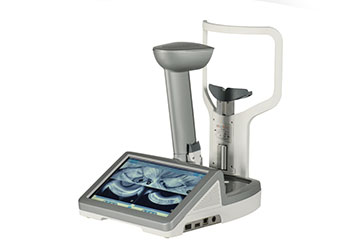
The diagnosis if meibomian gland dysfunction (MGD) is made by thorough clinical examination. LipiScan complements the ability to diagnose and treat patients with suspected MGD.
The diagnosis of MGD can be aided with LipiScan. LipiScan allows us to directly view the health of your meibomian glands in high definition. LipiScan has revolutionized the diagnosis of dry eye caused by meibomian gland dysfunction.
This simple diagnostic test is easily and comfortably performed in our office. We will review and discuss the results with you. Best of all, we can show you the dysfunctioning glands.

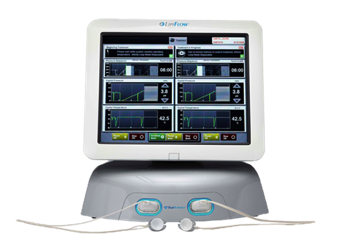
LipiFlow® is a new procedure designed to treat the root cause of Evaporative Dry Eye, blocked Meibomian glands. Opening and clearing these blocked glands can allow them to resume natural production of lipids (oils) needed for a healthy tear film.
The LipiFlow Thermal Pulsation System enables us as doctors to treat obstructed Meibomian glands.
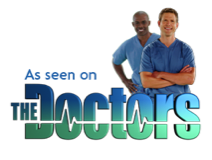
Watch a video of a patient being treated for dry eye on The Drs TV Show

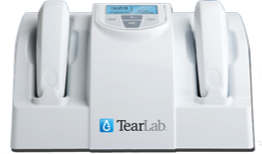
The TearLab Osmolarity System is intended to measure the osmolarity of human tears to aid in the diagnosis of dry eye disease in patients suspected of having dry eye disease, in conjunction with other methods of clinical evaluation.
Fast and accurate results in seconds using only 50 nanoliters (nL) of tear film to diagnose Dry Eye Disease








